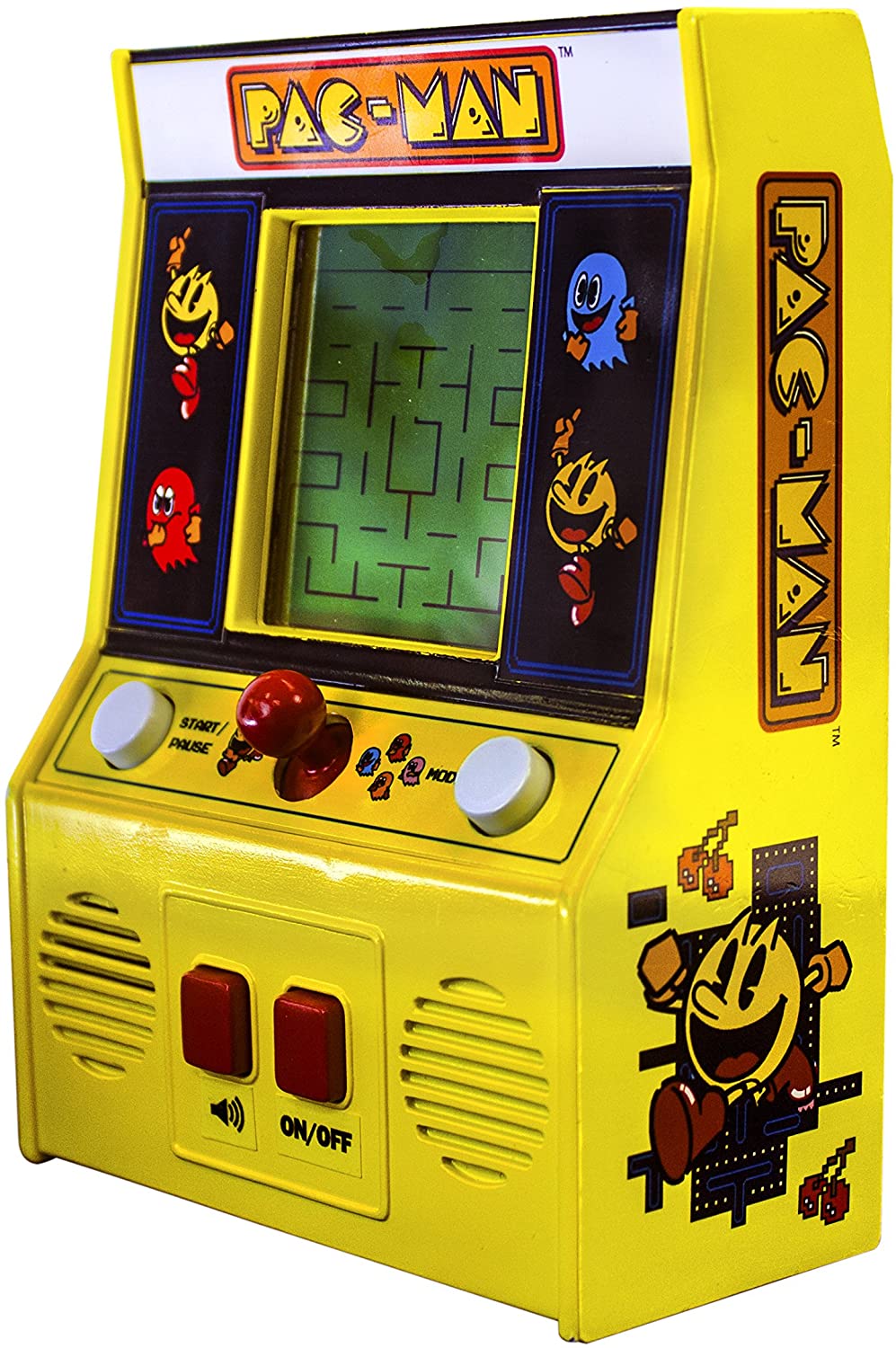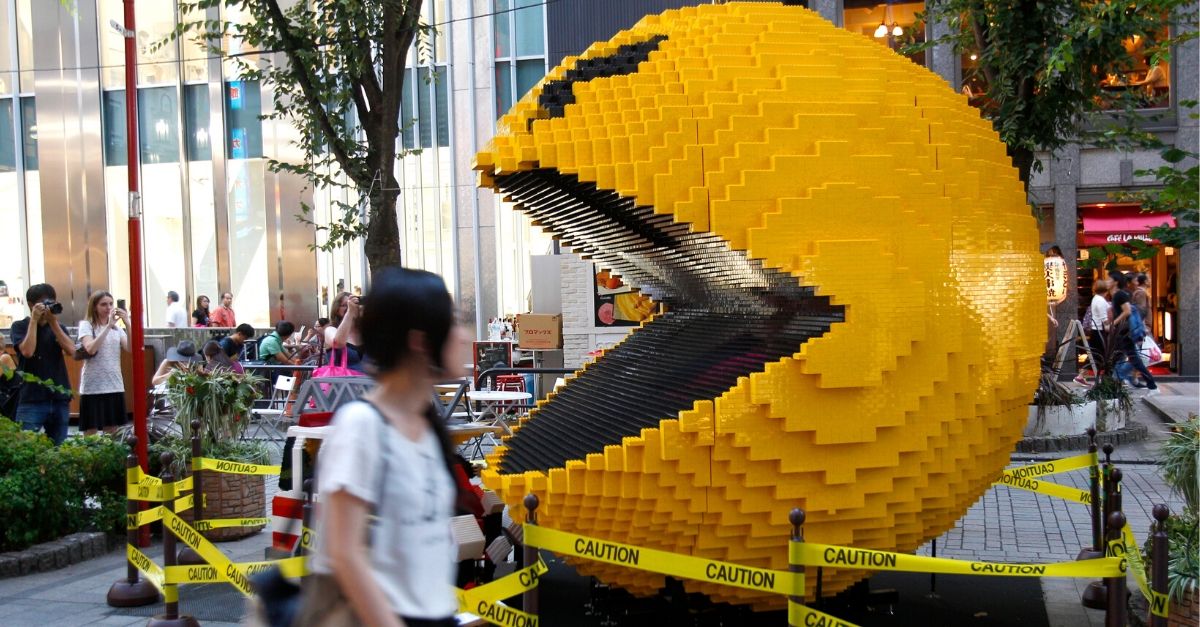Have you ever wondered why everyone knows what Pac-man is? Why does almost everyone in the world, regardless of age, know of this arcade game? Is it because its retro look and simple interface are easy to remember? How did this Japanese video game become a legendary international icon defining the cultural era of the 80s? Come on guys, there’s so much more to this little dude than eating dots and dodging ghosts. So let’s dive into the history of Pac-man.
Videos by Rare
#MondayMotivation When You believe in yourself, you'll be amazed at what you can accomplish! pic.twitter.com/9KTWeLDPSJ
— PAC-MAN Official (@officialpacman) June 10, 2019
It all started in 1979, when a Japanese arcade game designer employed by Namco, Toru Iwatani, found a solution to balancing the heavy number of violent video games. At the time, the more popular video games were Asteroids, Space Invaders, Tail Gunner, and Galaxian- all with more violent themes. And Toru Iwatani found the solution to leveling out the game concepts… while eating.
Yes, while eating. It hit him when he was looking down at his pizza pie. Two pieces were missing from the whole, resembling a mouth almost, as you can see where the physicality of Pac-man began. This turned into Pakkuman, stemming from the Japanese term “paku-paku taberu” which is basically onomatopoeia describing the “puck-puck” sound a mouth makes when opening widely and closing quickly after. Which, if you’ve actually played the game, you would realize is the sound Pac-man makes when he eats his dots. Hence his original name “Puck-man” was born.
However, you can imagine the issues this name would run into, especially when the demographic gamers at the time were adolescent boys. Thus, “Pac-man” became exceedingly popular. And it broke the demographic barrier.
So how does this game go? Simply put, gamers control Pac-man with their controllers or joysticks. They maneuver Pac-man to eat dots, fruits, and power pellets. As Pac-man chomps his way through the maze of consumption, the gamers have to try to avoid the villains of the game: the ghosts. The ghosts are comprised of Blinky (red), Pinky (pink), Inky (light blue), and Clyde (orange), each with a different fighting style. If this little Pac-man character collides with one of the ghosts, he loses a life and gamers start over. However, there’s so much more that goes on in Pac-land.
Pac-man has lifelines to help him out. If he eats power pellets, all the ghosts turn blue and in turn, can be eaten by Pac-man. If that happens, the ghost’s eyes return to its cage in the middle of the game screen to heal and start again. Pac-man can also eat fruits and other objects to help himself out against these villains.
Pretty simple right? Yeah, so how did this game become so popular?
By 1982, Pac-man was making $8 million a week in the United States. Gamers were squeezing so many quarters into these arcade machines that the certain states started to regulate gameplay- like banning people from under 21 to play unless they were with a parent, no alcohol or food sold where the arcade machines were, keeping a certain distance from schools, or just banning video games period.
At this point, Pac-man was so popular that spin-offs were being created. Ms. Pac-man was one of the spin-offs created by Midway, which was the company that sold the original Pac-man game in the United States. It became so popular that Namco eventually turned it into an official game. Its gameplay was the same as the original Pac-man game but had more intricate features such as varying number dots to consume, more lifelines, and different villain names. Other spin-offs included Pac-man Plus, Professor Pac-man, Junior Pac-man, Pac-land, Pac-Man World, and Pac-Pix.
Felt cute, might eat some ghosts later. pic.twitter.com/kxBTuXEN3X
— PAC-MAN Official (@officialpacman) September 10, 2019
By the mid-1990s, this video game was made available for general computers, game consoles, (who remembers Nintendos?!) and even handheld devices. This little Pac-man and the other game characters were so well-known that businesses were even capitalizing off of merch. Everyone had Pac-man fever, and it wasn’t necessarily a bad thing. It even resulted in a tv show, a 30-minute cartoon produced by Hanna-Barbera, and a song ironically also named “Pac-man Fever.”
There were even fans playing to hold the fastest record for how long they could play. The highest record was held by David Race, who on January 4, 2012, played for 3 hours, 33 minutes, and 1.4 seconds, winning 3,333,360 points. I mean this got so serious that in 1999, a man named Billy Mitchell was disqualified because he used emulation software instead of an actual arcade cabinet. I mean, this was so serious that people were actually cheating to win. Wow.
So to answer the question- Why? What was it about this simple video game that moved an entire era? Maybe it’s the same reason why anything happens in history…it just does. And just like that, the history of Pac-man is more valuable than we think.




